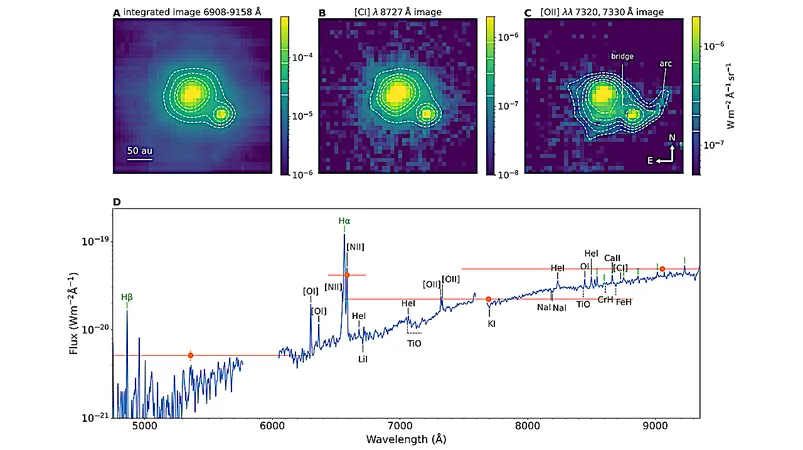
Astounding Discovery: Astronomers Uncover New Planetary Companion in Orion Nebula!
2025-09-21
Author: Charlotte
A Glimpse into the Cosmos: The Mystery of Young Planetary Mass Companions
Astronomers have made a groundbreaking discovery among the stars, shedding light on the early stages of planetary systems. Young planetary-mass companions (PMCs), typically less than 10 million years old, offer invaluable insights into the formation and development of planets.
A Dazzling Find in the Orion Nebula
In a stunning revelation, researchers using the James Webb Space Telescope (JWST) have captured a faint point source near the M-type star V2376 Ori within the Orion Nebula. This impressive discovery is part of the PDRs4All Early Release Science program.
Confirming a Young Stellar Body
Follow-up observations using the MUSE instrument at the Very Large Telescope (VLT) have confirmed that this source, dubbed V2376 Ori b, is indeed a young planetary-mass companion, positioned approximately 80 parsecs in the foreground of the illustrious Trapezium cluster in Orion.
Startling Mass Estimates and Accretion Evidence
Spectral analysis confirmed the mass of V2376 Ori b to be around 20 times that of Jupiter. Perhaps more exciting—researchers observed indicators of accretion activity. Specifically, the intensity of the Hα line suggests an accretion rate of approximately 10^-6.5 ± 0.7 Jupiter masses per year, comparable to the young PMC PDS 70b.
Hints of a Cosmic Interaction?
The data from MUSE further revealed extended emission features in the [O II] doublet, indicative of a potential dynamic interaction between V2376 Ori b and a companion source. This intriguing observation suggests possible mass transfer between their accretion disks, raising questions about their relationship and formation.
A New Era of Discovery with JWST!
These exciting findings highlight the JWST+NIRCam's powerful capability to detect and characterize new PMCs in young stellar associations. As astronomers continue to push the boundaries of our understanding, who knows what other cosmic wonders await us in the depths of space?


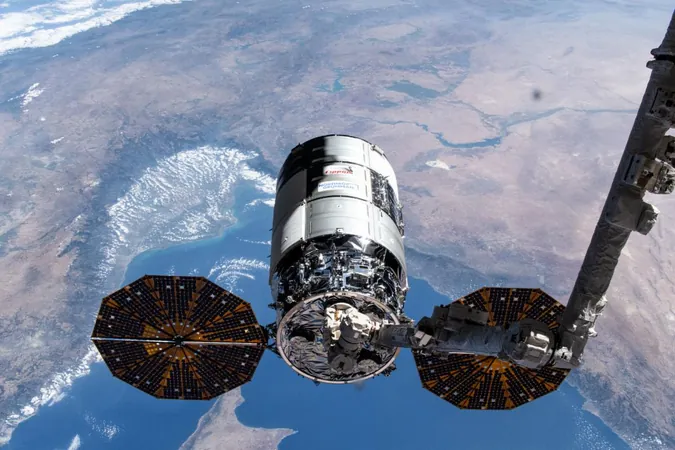
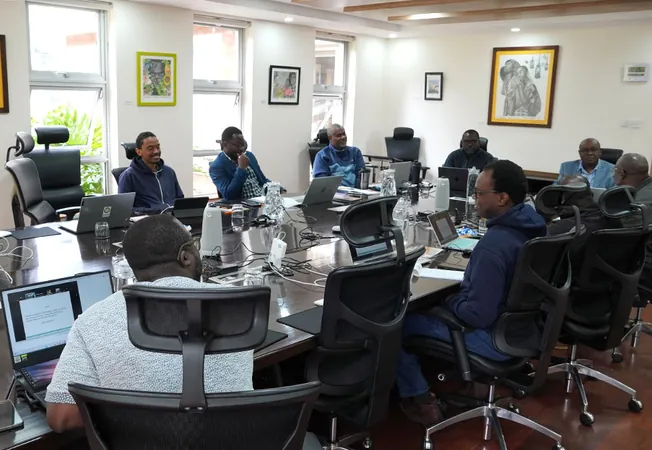

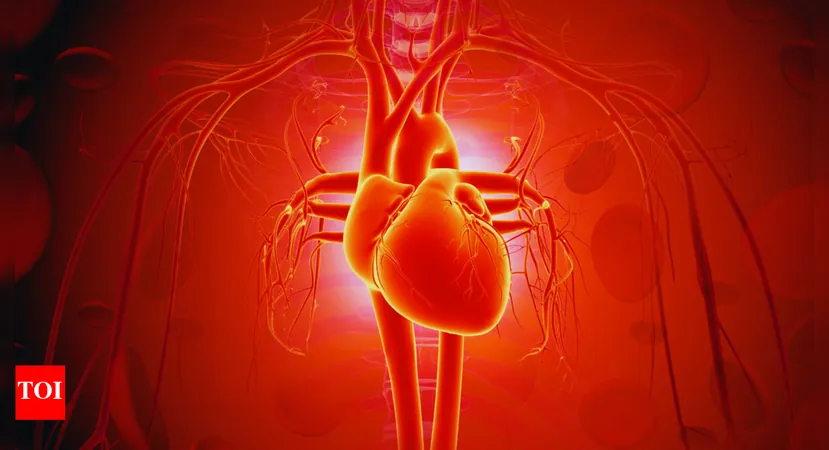


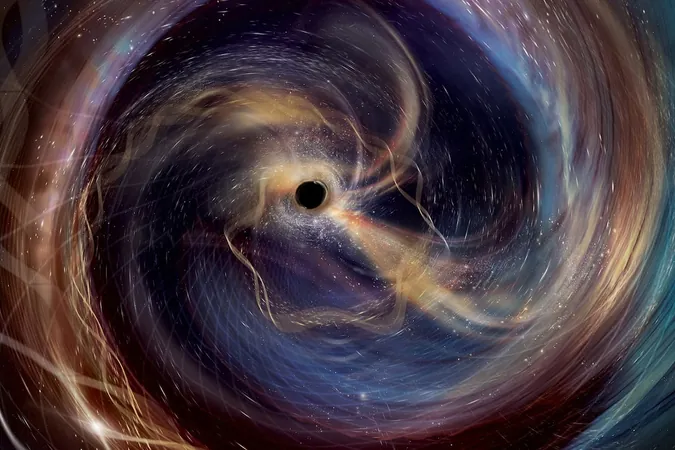
 Brasil (PT)
Brasil (PT)
 Canada (EN)
Canada (EN)
 Chile (ES)
Chile (ES)
 Česko (CS)
Česko (CS)
 대한민국 (KO)
대한민국 (KO)
 España (ES)
España (ES)
 France (FR)
France (FR)
 Hong Kong (EN)
Hong Kong (EN)
 Italia (IT)
Italia (IT)
 日本 (JA)
日本 (JA)
 Magyarország (HU)
Magyarország (HU)
 Norge (NO)
Norge (NO)
 Polska (PL)
Polska (PL)
 Schweiz (DE)
Schweiz (DE)
 Singapore (EN)
Singapore (EN)
 Sverige (SV)
Sverige (SV)
 Suomi (FI)
Suomi (FI)
 Türkiye (TR)
Türkiye (TR)
 الإمارات العربية المتحدة (AR)
الإمارات العربية المتحدة (AR)